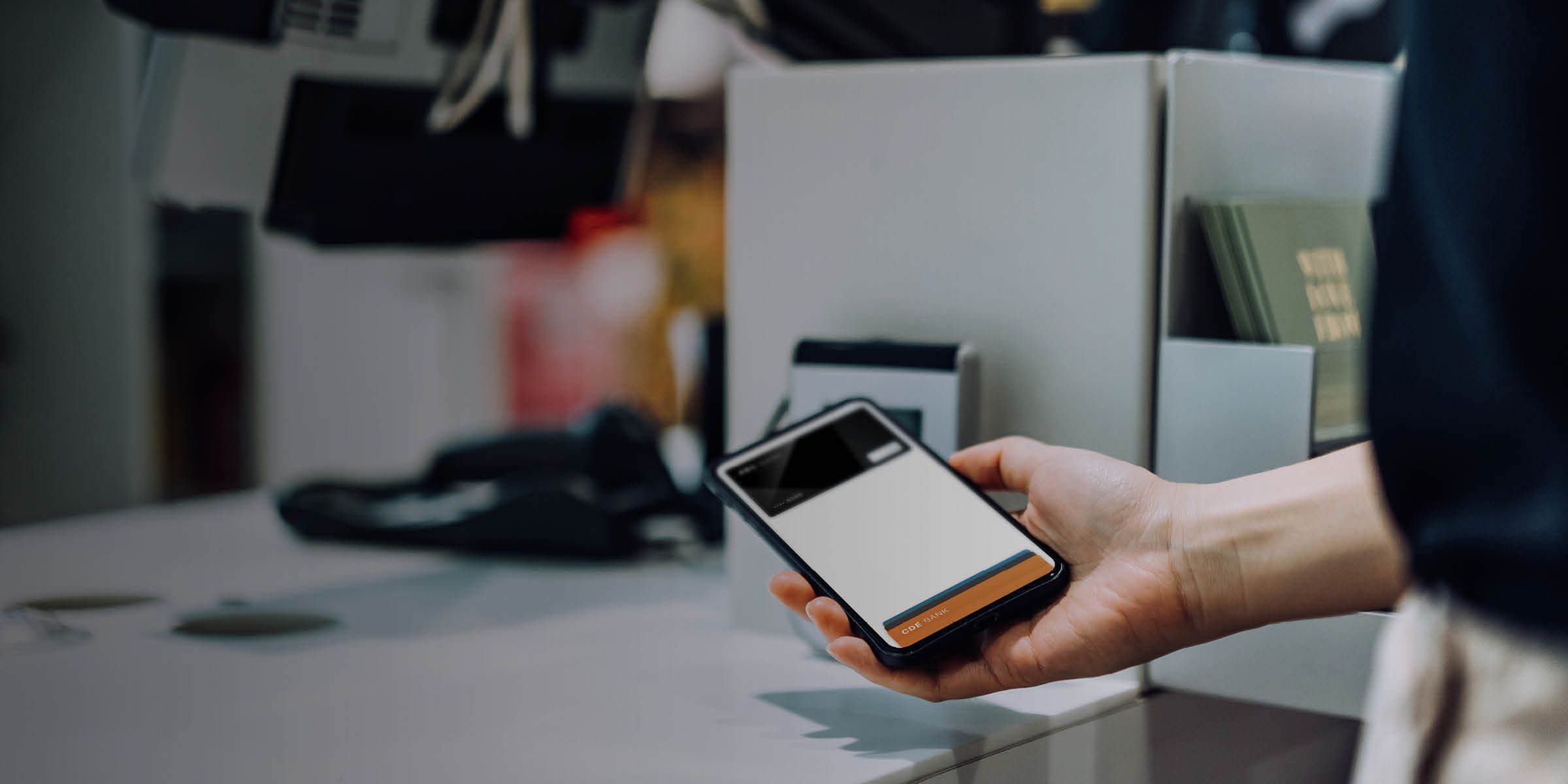

Digital Cards Drive Engagement and Growth
Four ways financial institutions can differentiate their cards with consumers
The last two years have rapidly advanced the demand for digital experiences, even impacting one of the long-standing touchpoints for financial institutions and their consumers: credit and debit cards. Cardholders have evolved in their online use of cards, leading to higher consumer expectations for issuers.
For example, many people no longer routinely go out for dinner and a movie; instead, they are streaming a movie and getting their food delivered via DoorDash®, Uber Eats or other meal delivery options. They aren’t walking the aisles of the grocery store; they’re picking up their food curbside or getting it delivered via Instacart®, Shipt or other means. And these experiences require them to either store their card numbers with that merchant or use digital wallets, even for purchases completed in the store.
For financial institutions, that credit or debit card is a common interaction point with consumers, who often use it multiple times per day – more than they stop into branches, more than they call contact centers. They use their cards even more often than they log into mobile banking and online services. It’s the tangible connection they have with their financial institution, and it’s the key to a long-term, broad-footprint, profitable relationship.
According to 2022 Expectations & Experiences research from Fiserv, cards are seen as the fastest, easiest and most preferred way to pay. So, as credit and debit spend volumes return and even surpass prepandemic rates, it is more important than ever that cardholders are able to use their card as they wish, whether digitally or physically.
Four Key Differentiators
There are four ways financial institutions can differentiate their cards so they remain “top-of-wallet” for consumers.
Real-Time Visibility
Cardholders want clear visibility of their purchases in real-time, whether they are buying with their physical card, making an online purchase or using digital wallets. They don’t want to wait a few days for a transaction to settle before it appears in their account.
With solutions such as CardHub from Fiserv, cardholders can see their purchases within moments of using their card, regardless of the form of purchase – whether it’s a card swipe, a chip insert, a card or mobile tap, or even an online purchase.
The benefits of empowering cardholders with this information are clear:
- When cardholders readily understand their purchases, they can more quickly identify fraudulent purchases
- They may be less inclined to dispute transactions that they made (referred to as friendly fraud or a false dispute) and can see almost immediately on their account
Support for Multiple Methods
Cardholders want to be able to use their cards as conveniently as possible, wherever they are. The 2022 Expectations & Experiences research found that even when one channel, method or provider is preferred, people still want alternatives. For instance, where mobile debit is an option, 68% still want a physical debit card too – most commonly if the phone is lost or stolen (61%), dies (56%) or the store doesn’t accept virtual (50%). Even so, 28% say they’d use physical and digital cards equally.
That’s why, in addition to providing physical cards, it’s important for financial institutions and consumers to have cards enabled for use in digital wallets. Usage is expected to grow rapidly. In January 2021, Juniper Research projected 83% growth in digital wallet spend by 2025, to exceed $10 trillion.
Particularly when a card has default status in the wallet, that means higher share of wallet and more revenue as a result. It also means greater ease and satisfaction for cardholders, because they can use their cards anywhere, by any method.
Quick Card Replacement
In the event of loss, theft or damage, cardholders don’t want to wait a week or two to get a new physical card. They may even switch to another card, sometimes permanently, while they wait between seven and 10 days for a new physical card to arrive in the mail.
Additional Expectations & Experiences research from Fiserv revealed that roughly one-third of cardholders will then wait an additional two to three weeks to activate that physical card after receiving it in the mail. This means there could be a four- to five-week period where the cardholder is not using the card, and revenue could be lost to another financial institution. But there’s no reason for that to happen.
Using digital issuance through solutions such as CardHub, financial institutions can now provide a near-instant digital card which can be loaded right into a mobile wallet and designated as the default card.
Robust Rewards Program
Today's savvy consumers expect to be rewarded for their loyalty. In the 2022 Expectations & Experiences research, a significant majority (71%) of multiple card users choose their go-to card for the opportunity to accumulate rewards.
Loyalty and rewards programs offer financial institutions an opportunity to distinguish themselves, to foster a more customer-centric brand image and to retain valuable customers. Programs such as Loyalty & Reward Solutions from Fiserv are designed to increase customers' card activation, usage and spending levels – which drives interchange revenue.
The Next Step in Card Evolution
Credit cards have been around for more than 70 years – with debit cards arriving on the scene roughly a decade later. And while usage isn’t slowing down, it is changing. Creating modern, connected card experiences with visibility into spending, availability of multiple methods, easy replacement and strong rewards programs leads to greater cardholder interaction and growth.